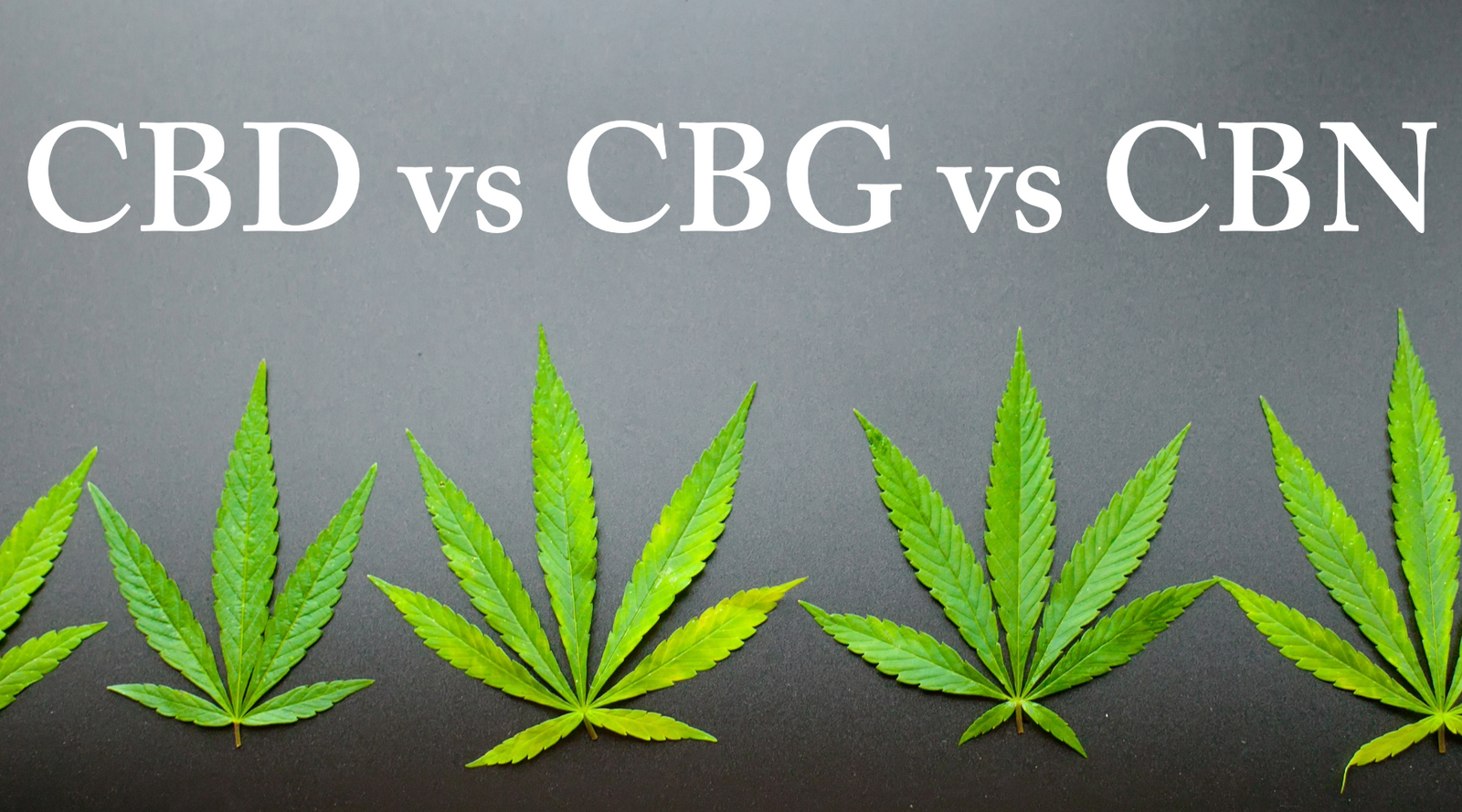Cannabis is a complex plant with hundreds of different compounds, each with unique properties and potential health benefits. Among these compounds, the most well-known ones are THC and CBD. However, there are also lesser-known compounds such as CBG and CBN that are gaining attention for their potential therapeutic effects. In this blog post, we will explore the differences between CBD, CBG, and CBN.
CBD is the most well-known non-psychoactive compound found in cannabis. It has become popular due to its potential therapeutic effects, including pain relief, anxiety reduction, and anti-inflammatory properties. CBD works by interacting with the endocannabinoid system, a complex network of receptors and enzymes that regulate several physiological processes, including pain sensation, mood, appetite, and sleep.
CBG is a non-psychoactive cannabinoid that is found in small amounts in most cannabis strains. It is often referred to as the "stem cell" cannabinoid because it is the precursor to other cannabinoids like THC and CBD. CBG is believed to have potential therapeutic benefits, including pain relief, anti-inflammatory properties, and neuroprotective effects. CBG works by interacting with the endocannabinoid system, like CBD and THC.
CBN is a mildly psychoactive cannabinoid that is formed when THC breaks down over time. It is often found in aged cannabis and is believed to have potential therapeutic benefits, including pain relief, anti-inflammatory properties, and sleep aid. However, research on CBN is limited compared to CBD and CBG.
Differences between CBD, CBG, and CBN
The main difference between CBD, CBG, and CBN lies in their chemical structure and potential therapeutic effects. While all three compounds interact with the endocannabinoid system, they have different effects on the body.
CBD is believed to have potential therapeutic benefits for a wide range of health conditions, including pain relief, anxiety reduction, and anti-inflammatory properties. CBG is also believed to have potential therapeutic benefits, including pain relief, anti-inflammatory properties, and neuroprotective effects. CBN, on the other hand, is believed to have potential therapeutic benefits for sleep aid and pain relief.
Another difference between these compounds is the amount of research that has been conducted on them. CBD has been extensively studied and has a large body of evidence supporting its potential therapeutic effects. CBG and CBN, on the other hand, have limited research conducted on them, and more studies are needed to fully understand their potential benefits.
In conclusion, CBD, CBG, and CBN are non-psychoactive cannabinoids found in the cannabis plant. While all three compounds interact with the endocannabinoid system, they have different chemical structures and potential therapeutic effects. CBD is the most well-known and extensively researched compound, while CBG and CBN have limited research conducted on them. As research on these compounds continues, we may gain a better understanding of their potential therapeutic benefits.

